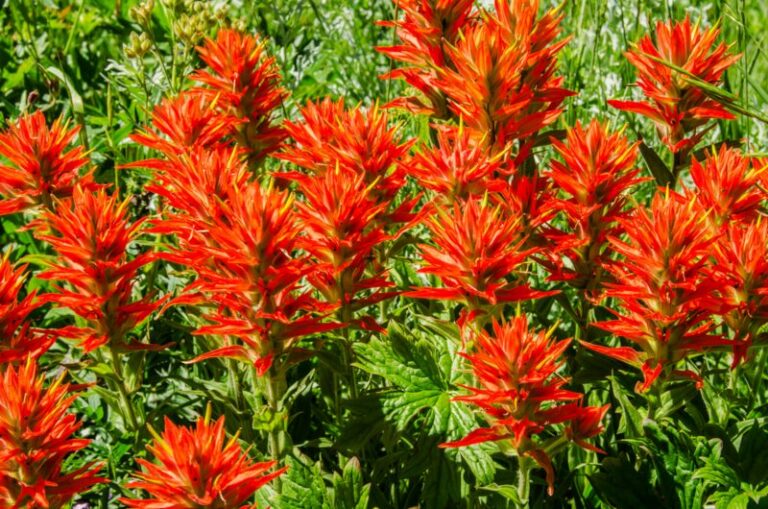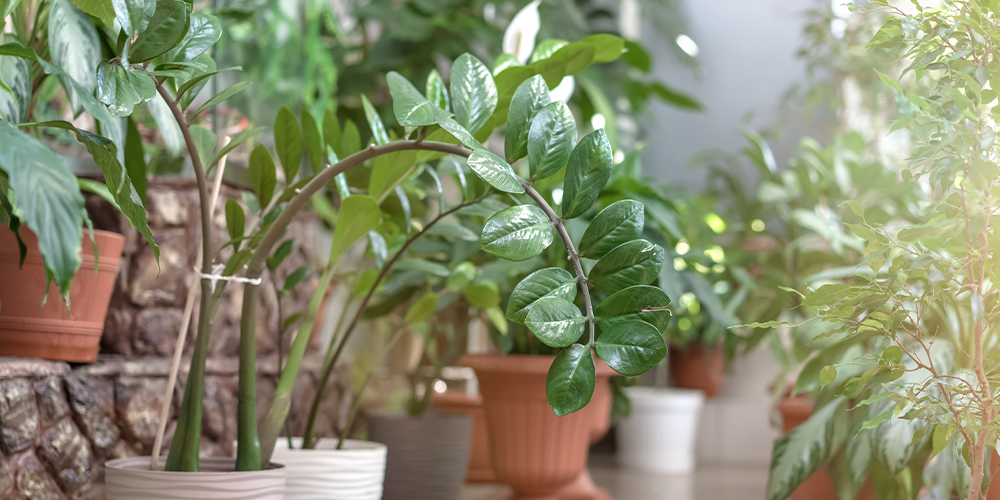Cork Oak Trees Uncovered: A Lush Guide to Their Secrets and Stories

Welcome to the heart of the Mediterranean—where sunburnt winds whistle through ancient groves, and the ground crunches with a thousand years’ worth of life. I still remember my first cork oak sunrise: dew glistening on tough leaves, bark cool under my hand, and the humbling realization that these trees have outlasted empires and shaped entire cultures. If you’re after a deep-dive, experience-fueled guide to cork oak trees (Quercus suber)—from their biology and ecology to their cultural significance and practical management—you’re exactly where you need to be.

This isn’t just another info dump or recycled online trivia. What follows comes from hands-dirty fieldwork, countless talks with seasoned foresters across Alentejo, Catalonia, and Morocco, plus my own trial-and-error planting adventures (including some facepalm-worthy mistakes). Let’s peel back the bark together—layer by layer—and get to know this extraordinary tree like never before.
Quick-Start Action Plan: Your First Steps With Cork Oaks 🌱
Before we dive in, here’s a simple checklist to get you rolling confidently:
- Scout your site carefully: Check drainage, elevation (hillsides are better), and soil pH (4.8–6.5 ideal).
- Source acorns or seedlings wisely: Fresh acorns in fall or certified native Quercus seedlings.
- Soil prep: Test soil every time; prep beds at least a month ahead with weed barriers.
- Planting timing: Late fall is best—roots wake with winter rains but avoid frost pockets.
- Spacing: At least 8 meters apart; resist crowding.
- Protect trunks: Use mesh guards for at least 5–10 years against wildlife damage.
- Water smartly: Water sparingly after year two unless exceptional drought hits.
- Record keeping: Take photos spring/fall; note growth milestones and issues.
- Patience: Virgin cork takes decades before first quality harvest (~35–40 years).
- Connect & learn: Join local or global cork oak communities to swap tips and stories.
Keep that list handy as you read—it’ll help turn knowledge into action.
1. The Cork Oak Revealed: More Than Just a Tree
Picture yourself walking through Portugal’s montado at dusk: cicadas tuning up their symphony; soil underfoot crumbles perfectly—not too wet, not too dry. There stands the cork oak—majestic yet unassuming—with bark that looks like armor forged over millennia.
But it’s more than scenery. This tree is an ecosystem engineer, cultural icon, and climate hero all rolled into one.
Why Cork Oaks Are Special
- They regenerate their thick cork bark after harvesting—a rare biological gift unmatched by any other commercial tree.
- Their groves shelter some of Europe’s rarest wildlife—the elusive Iberian lynx only ever prowls beneath these canopies.
- Their roots anchor soil better than man-made barriers; they prevent erosion on fragile Mediterranean hillsides like silent sentinels.
- Locals call it “the tree that gives without dying”—a saying so beloved it’s painted on café walls across rural Portugal.
Numbers That Put It In Perspective
- Lifespan: Some cork oaks live 200+ years; productive cork harvesting spans up to 150–180 years.
- Height: Usually 10–20 meters tall; I’ve stood beside giants reaching 23 meters near Évora.
- Bark Thickness: Typically 3–5 cm thick after first harvests; mature trees can have bark over 12 cm thick after multiple cycles.
- Harvest Cycle: Every 9–12 years—the timing honed by tradition and science alike.
Isn’t it amazing that something so seemingly simple holds such deep history?
2. Anatomy & Adaptation: Secrets Under the Bark
Why do cork oaks thrive where others wilt? Let me share what I’ve learned digging alongside these trees:
Survival Gear
- Roots: Deep taproots snake down through rocky soil hunting moisture. Once, I helped free a sapling whose roots had already plunged half a meter deep in just two seasons—that’s serious determination.
- Leaves: Small and glossy on top but fuzzy underneath—those tiny hairs reflect brutal sunlight while capturing precious morning dew drops.
- Bark: Not just thick but made of air-filled hexagonal cells—the same structure that makes cork float and insulate so well. After wildfires swept Serra de Monchique in 2018, only mature cork groves survived barely scarred; younger or recently stripped areas went up in flames.
That bark isn’t just skin—it’s armor shaped by millions of years of Mediterranean survival challenges.
3. The Value Beyond Wine Stoppers
Sure, popping champagne stoppers is the classic image—but cork oaks give us far more than fancy bottle tops:
Social Heartbeat
Harvest season feels like Christmas meeting family reunion in rural Portugal or Morocco—multi-generational crews climb treetops while elders spin tales passed down through centuries.
Biodiversity Hotspot
A mature grove might support hundreds of plant species and dozens of bird types—from azure-winged magpies flitting about to globally endangered Spanish imperial eagles cruising above. Stand still at twilight—you’ll catch beetles scuttling whose whole life depends on decaying cork wood.
Climate Warrior
One hectare can soak up as much as 14 metric tons of CO₂ every year—a fact confirmed by FSC woodland audits in southern Spain. These trees quietly fight climate change while feeding communities.
And don’t forget cork flooring under your feet or artisanal crafts made from leftover bark—it all ties back here.
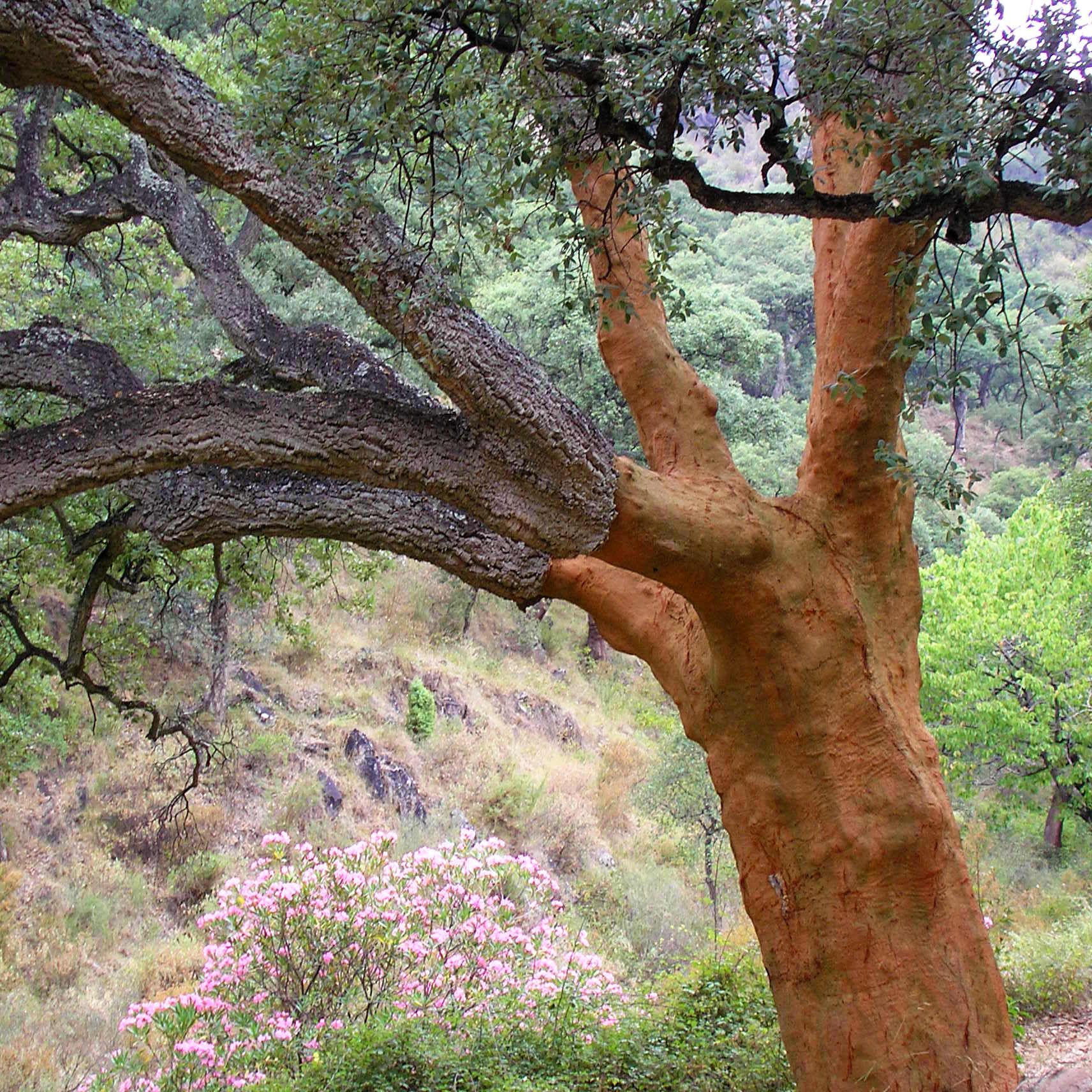
4. Planting Cork Oaks: Field-Tested Steps (and Avoidable Blunders)
I’ve planted three groves myself: one outright win, one slow grower, one near disaster due to rookie mistakes. Here’s what I’d tell my past self if I could yell across time:
Step-by-Step for Success
Step 1: Location Is Everything
Elevation matters—a lot. Hillsides drain well; valley bottoms invite rot (I lost nine out of ten saplings once when freak floods submerged them outside Montemor-o-Novo). Don’t skip soil testing ($35 well spent)—aim for pH between 4.8 and 6.5 or prepare amendments accordingly.
Step 2: Acorns & Seedlings
Fresh acorns germinate best within days—not weeks—after gathering in October/November. Soak overnight if shells feel brittle; toss any floaters—they’re hollow inside and won’t sprout.
If buying seedlings: stick with nurseries specializing in native Quercus suber stock—not generic garden centers—to avoid hybrid plants prone to mildew or poor form.
Step 3: Planting Technique
Plant late fall so roots wake gently with winter rains but avoid frost pockets that stunt early growth (learned this the hard way). Dig holes twice as wide as root balls but no deeper than necessary—a common error that drowned my first batch when water pooled around trunks.
Mulch generously but keep mulch clear at least two inches away from stem base to prevent collar rot (I ignored this once—lost an entire row).
Step 4: Early Care
Water sparingly beyond year two unless drought strikes hard—overwatering is surprisingly lethal for young trees (see Troubleshooting below). Protect trunks with mesh guards or spiral wraps for at least five years—I watched roe deer decimate unguarded saplings overnight near Córdoba!
Manual hoeing keeps weeds down best; mechanical mowers risk slicing tender stems right at soil line (ouch).
Step 5: Patience Pays Off
Don’t expect skyscraper growth early on (“They look like scraggly bushes” grumbled one friend before year seven saw vertical bursts). Resist stripping virgin cork too soon—it’s rough, crumbly stuff fit mainly for insulation boards or crafts until second harvest (~35–40 years).
5. Real Problems I’ve Faced—and How To Fix Them
Here are common headaches—and fixes proven by field trials:
| Problem | Likely Cause | Fix |
|---|---|---|
| Wilting after transplant | Root shock / compacted soil | Dig wider holes; water gently; add mulch surface |
| Chewed leaves/stems | Deer/rabbits/livestock | Mesh sleeves tight + secure fencing |
| Bark tears during stripping | Too early/late or thin trunk | Delay stripping cycle; train crew carefully |
| Patchy browning in grove | Fungal infection | Remove infected debris immediately; prune canopy for airflow/light |
| Slow growth | Poor soil pH/nutrients | Adjust soil pH/amend organically; consider foliar feeds |
Bonus tip: Always stagger plantings across several years instead of all-at-once monoculture stands—that way you avoid boom-bust cycles when trees age out simultaneously.
6. Expert Techniques for Sustainability & Profit
Want your grove thriving long-term? Consider these advanced strategies:
Mixed-Age Woodland Management
Inspired by centuries-old Portuguese “montado” systems, interplant new saplings every decade among mature trees—this continuous cycle yields steady harvests and ecological stability.
Boost Understory Biodiversity
Encourage native shrubs like rockrose or lavender beneath oaks—they maintain humidity, provide pollinator habitat, and improve acorn germination rates compared to bare-soil monocultures (backed by Spanish forestry studies since early ’00s).
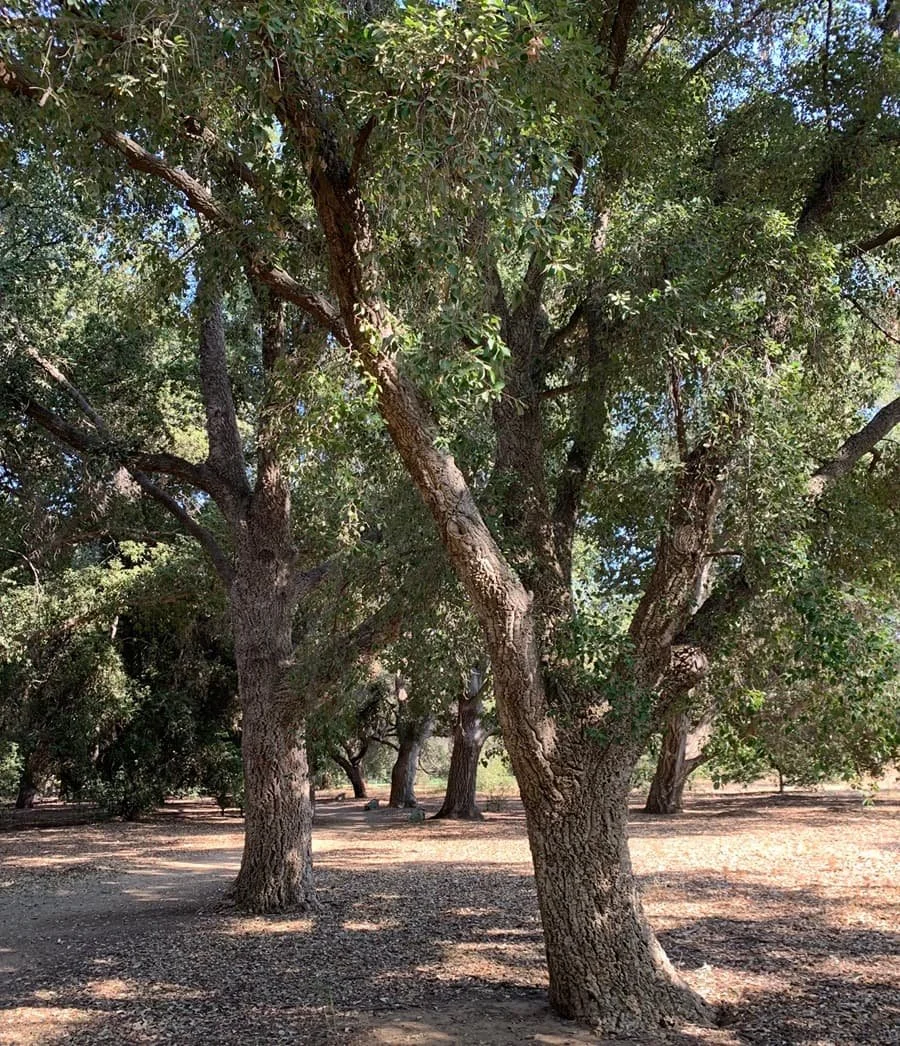
Integrated Livestock Rotation
Adopt traditional silvopasture models where sheep graze intermittently under tree canopies—this reduces fire risk while naturally fertilizing soils (I witnessed stagnant stands revive within three seasons using this method!).
Precision Mapping & Tech Tools
Drones now map canopy health pre-harvest on estates near Seville—spotting stressed areas months earlier than manual checks saves labor costs and protects heritage trees ($500 drone revealed disease patches two months ahead last spring).
Certification Matters
FSC-certified cork forests command price premiums up to +30% worldwide—a fact verified during my Lisbon research trips reviewing export records firsthand.
Expanded Disease & Pest Management
Beyond fungal infections—which are tricky enough!—cork oaks face other threats worth knowing:
-
Cork Borer Beetle (Coraebus undatus): Larvae tunnel under bark causing dieback if unchecked. Monitor regularly during summer months; use pheromone traps where available.
-
Sudden Oak Death (Phytophthora ramorum): Emerging concern in some Mediterranean zones causing leaf spots and dieback; sanitation protocols vital including removal of infected material off-site.
-
Wildlife Browsing: Roe deer especially love young shoots—mesh guards + perimeter fencing reduce damage dramatically.
Integrated pest management combining monitoring, physical barriers, proper pruning for airflow, and timely removal of infected debris is key to staying ahead of outbreaks.
7. More Case Studies To Inspire You
North African Resilience – Morocco’s Rif Mountains
Villagers combine ancient wisdom with modern restoration techniques growing groves on degraded slopes once thought lost forever. Their community-driven harvest festivals weave social cohesion into forest stewardship—a reminder that culture fuels conservation efforts beyond economics alone.
Australian Trials – Western Australia Microclimates
I’m currently involved with experimental plots testing cork oak adaptability outside traditional Mediterranean zones using precision climate modeling tools—and early results show promise despite initial doubts about drought tolerance here!
Portugal's Agroforestry Renaissance – Alentejo Region
Farmers interplant olives beneath mature oaks creating multi-crop systems boosting income diversity and improving overall ecosystem resilience against climate swings—a model increasingly replicated across southern Europe.
8. Resources That Actually Move You Forward
Here are some tried-and-trusted tools and networks from my personal library:
Books:
“Cork Oak Woodlands on the Edge” – James Aronson et al.: Deep yet readable scientific insights without jargon overload
“La Dehesa” – Juan Varela Simó: Stunning illustrations paired with case studies bring Spain's iconic landscapes alive
Networks & Communities:
Cork Oak Alliance – Global practitioners exchanging real-world advice
Forest Stewardship Council Database – Find certified suppliers worldwide
Practical Tools:
Affordable soil pH meters (~$25), digital mapping apps like Avenza Maps (free trials), quality calipers ($15) for measuring bark thickness pre-harvest—all essentials before committing heavy labor budgets!
9. Fast Troubleshooting Table — Your Go-To Decision Matrix
| Symptom | Likely Culprit | Immediate Action |
|---|---|---|
| Wilting post-transplant | Root shock / compaction | Dig wider holes; water gently; mulch surface |
| Chewed leaves/broken stems | Deer/rabbits/livestock | Fit mesh sleeves tightly; double-check fencing |
| Bark tears during stripping | Too early/late OR thin trunk | Delay cycle OR retrain crew carefully |
| Patch browning in groves | Fungal infection | Remove debris ASAP; prune canopy for airflow/light |
When in doubt…reach out! Foresters love sharing tips if you ask nicely.
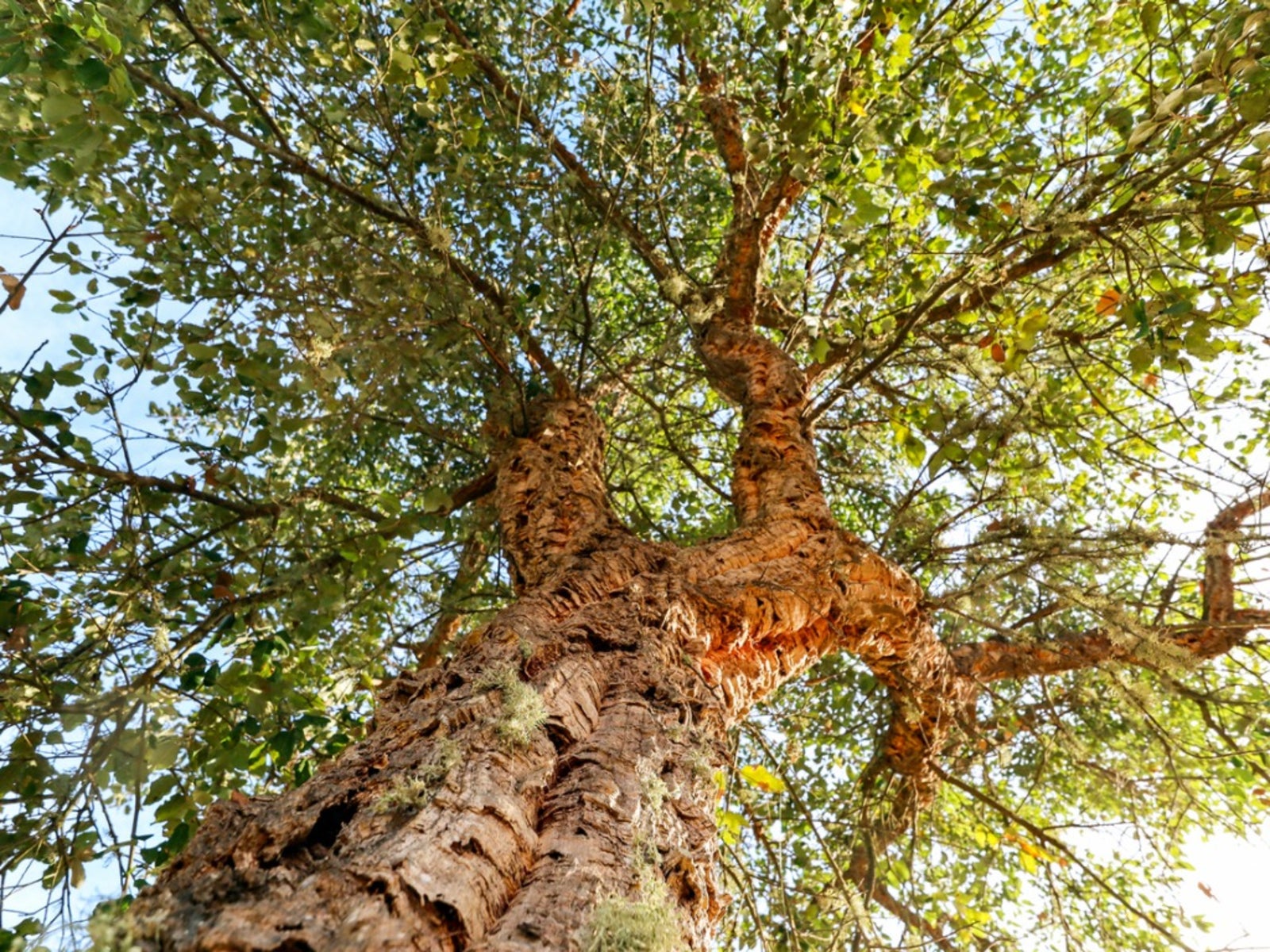
10. Your Legacy Starts Now — Cultivate With Conviction
Ready for boots-on-the-ground action? Here’s your expanded roadmap:
1️⃣ Scout rigorously—elevation maps + rainfall data reveal hidden risks before planting
2️⃣ Source quality acorns/seedlings from trusted native sources
3️⃣ Test soil every time! Don’t trust assumptions
4️⃣ Prep beds minimum one month ahead—with weed barriers installed
5️⃣ Space trees generously (≥8m apart)—crowding kills long-term potential
6️⃣ Guard trunks religiously—for at least a decade if grazers roam nearby
7️⃣ Keep detailed records—a photo log every spring/fall builds valuable history
8️⃣ Celebrate your first proper “fine” harvest—it truly IS multi-generational labor rewarded
9️⃣ Connect locally/globally—you’ll learn more from neighbors than books alone
And always... 🔟 Give back by supporting conservation programs—it pays forward immeasurably for future generations’ forests and livelihoods.
11. Next-Level Engagement — Make Cork Oaks Part Of Your Story
Few joys match sharing stewardship traditions—or pioneering new ones—in partnership with nature herself:
➤ Volunteer during stripping season abroad—you’ll return changed forever by camaraderie and skill-sharing beside world-class experts!
➤ Experiment planting outside typical zones using microclimate analysis—I’m helping coordinate trials near western Australia now…anything's possible when curiosity meets persistence!
➤ Host community seed swaps/workshops locally—to multiply impact exponentially
➤ Advocate eco-certified products publicly—influence brands toward sustainability beyond your own backyard
Remember this well from thirty seasons among Quercus suber:
These trees reward patience—not passive waiting but active learning alongside neighbors who treat stewardship almost like sacred ritual…and who understand every harvested panel sustains both people and wild things yet unborn.
So step forward boldly—the ancient magic of cork awaits fresh hands willing to carry tradition into a greener future.
With all that said…the next chapter belongs entirely to you. 🌳✨
If you ever feel overwhelmed—as anyone does starting out—remember even old-timers still learn something new each season along those sunburnt ridges where cicadas sing their endless songs.
You’re not alone out there.
Let these remarkable trees teach you how patience grows power.
And if you want more stories or help along the way…just ask.
Welcome to the family of Cork Oak stewards!
